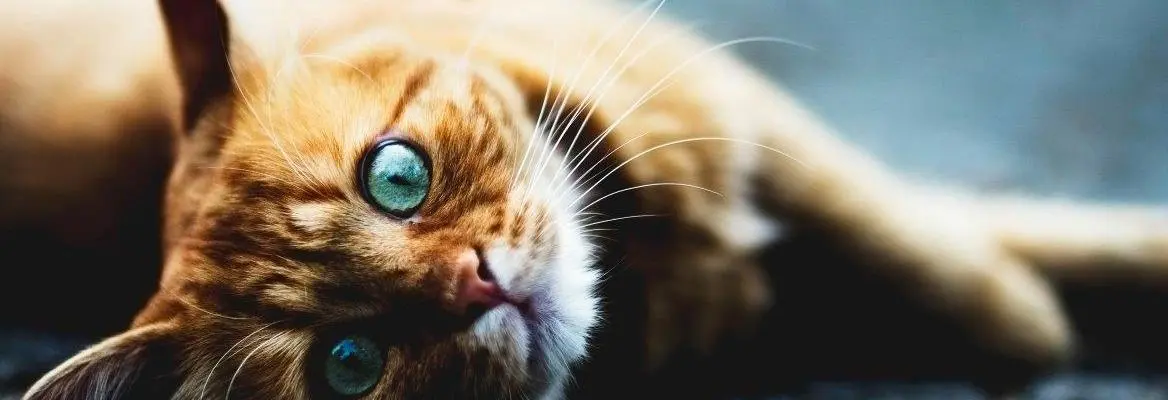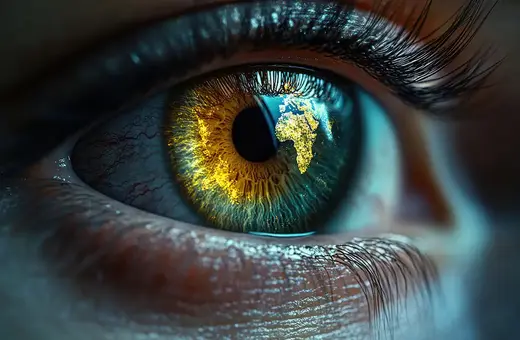I sometimes play a game with my cat, Cleo. I stand around the corner from her, just out of sight. She starts to sneak towards me. When I poke my head around the corner to look at her, she freezes. When I pull back, she carries on sneaking. Eventually, she pounces on my ankles.
In my mind, we’re playing Statues – the children’s game in which the aim is to sneak up on someone without that person seeing you move. But Cleo can’t be thinking of it that way. So, what’s she thinking? Why does she freeze when my head pops around the corner?
Here’s an obvious answer. She’s trying to attack my ankles. She stops when I stick my head out because she knows I can see her, and knows that if I see her coming I’ll know she’s coming, and she’ll lose the element of surprise.
This obvious answer assumes that Cleo is a mindreader. Now, I don’t mean by this that she’s telepathic. Psychologists and philosophers use the term ‘mindreader’ to refer to someone with the ability to ascribe mental states to others. I’m a mindreader in this sense, and so are you – because we can make judgments about what others are thinking, feeling, seeing, and so on. Our answer assumes that Cleo is a mindreader because it involves her making a judgment about what I can see (her approaching), and about what I know (an attack is imminent).
But can Cleo really ‘read minds’? Does she even have a concept of seeing or knowing? To be clear, my question is not whether Cleo sees and knows things, but whether she knows that I see and know things – or that any animal does. When she hunts, does she consider whether her prey knows she’s there? When she faces off with the neighbour’s cat, does she realise that it sees her?
This is a surprisingly difficult question to answer – not just about Cleo, but about any non-human animal.
Why? Surely to answer it we’d just need a test. We’d need a situation in which a mindreader would make a particular judgment (that I can see, say) and would consequently behave in a certain way. Then we’d change the situation slightly so that a mindreader would now make a different judgment (that I can’t see) and so would behave differently. If Cleo behaved as a mindreader should in both situations, that would be evidence that she was a mindreader.
But wait: haven’t I just described such a test – and didn’t Cleo pass? In our game of Statues, Cleo behaves as a mindreader should: she stops when I see her, and moves when I don’t. So, isn’t this evidence that she’s a mindreader?
___
"What is the rational thing to believe about whether animals read minds? A natural answer, perhaps, is that we should suspend belief. If our evidence is consistent with both theories, how can we rationally prefer one to the other?"
___
It’s not quite that simple. It’s true that Cleo behaves like a mindreader here. The question is, though, whether she behaves in this way because she has made a judgment about my mental state. Might her behaviour actually be a response to something else?





















Join the conversation